You have your new home (congratulations) and you’re likely very excited to start your new life. As you get the first whiff of that new home smell, take in the premises, and absorb the sense of satisfaction that comes with owning a new house, you should return to reality real soon. Do enjoy yourself in your new home, but also remember that there are still a lot of responsibilities on your shoulders and a few issues you need to take care of before you make yourself comfortable.
Believe it or not there can be some common problems with new homes that will need to be addressed. These are typically small and are nothing too serious. But the earlier you take care of these common issues with newly built homes, the fewer problems you’ll face in the future. Taking care of these new house construction problems will help you breathe easier in the years to come, knowing that everything is as it should be.

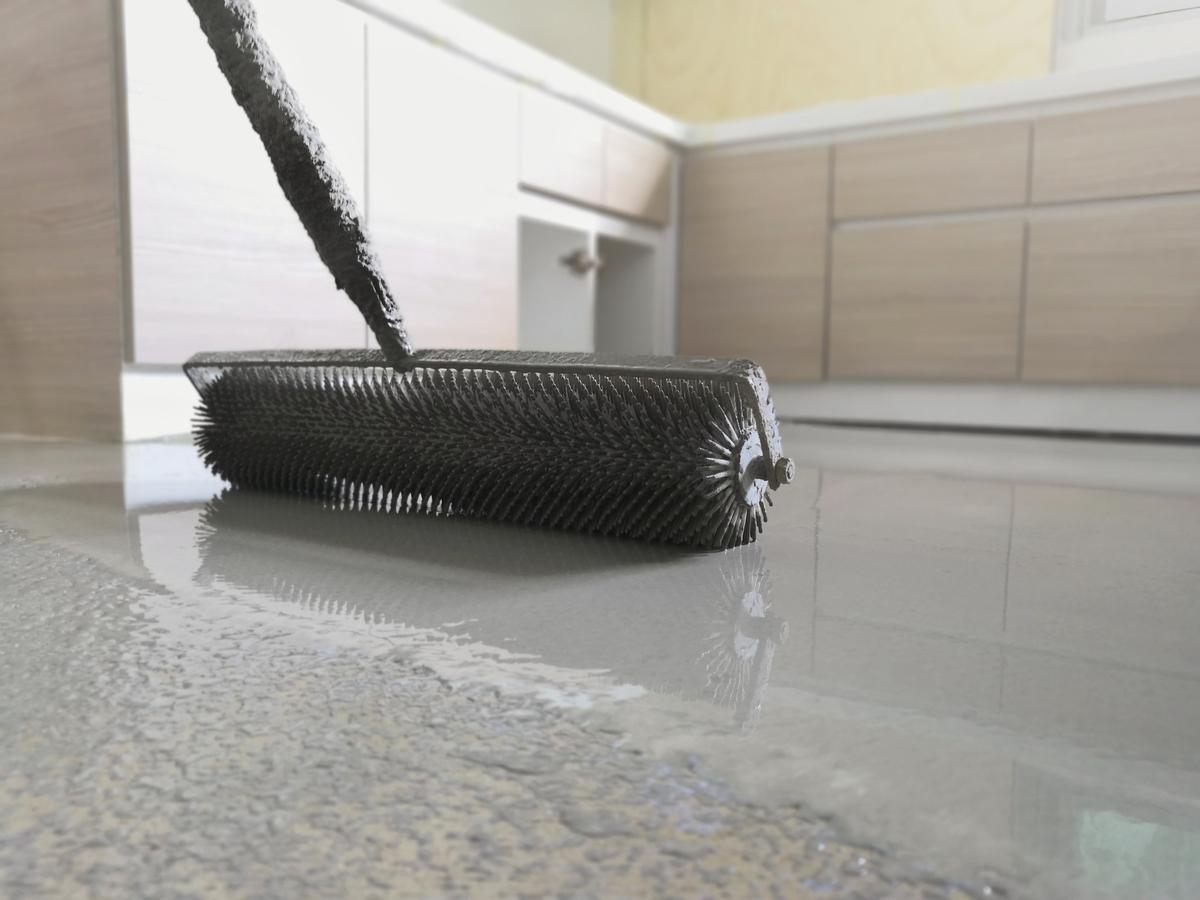
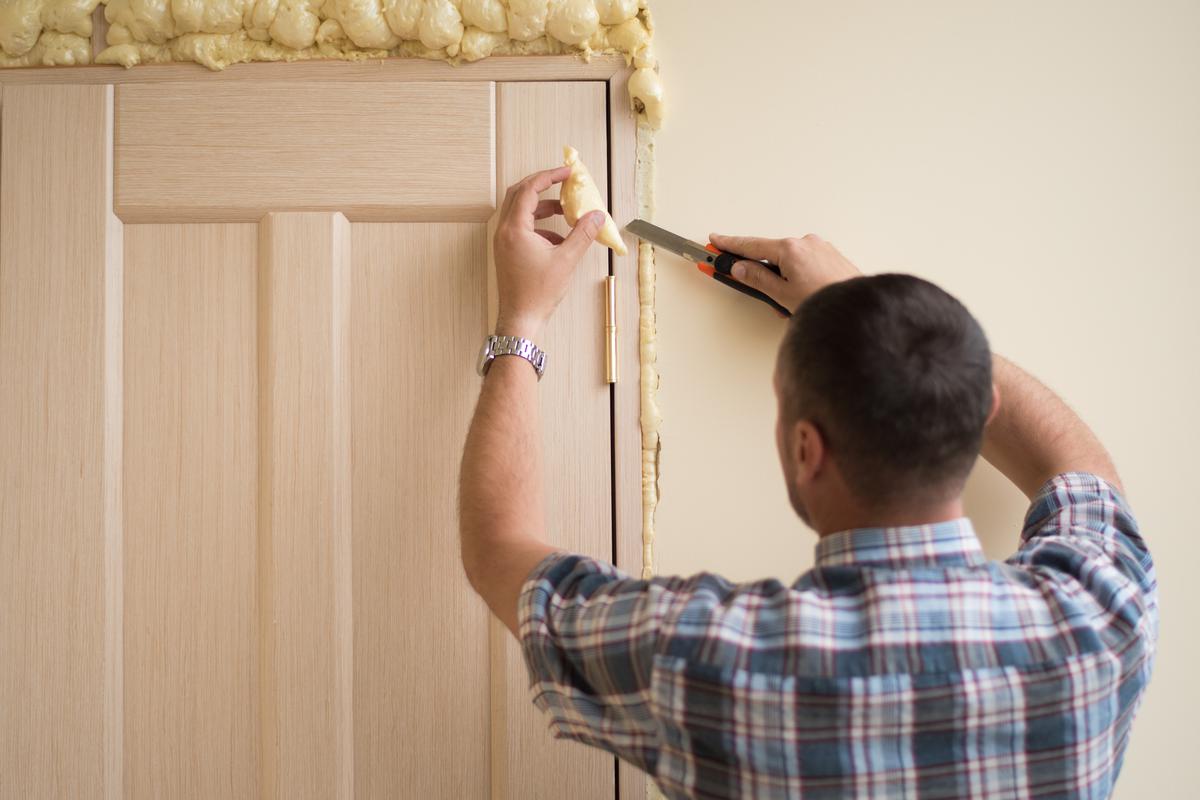
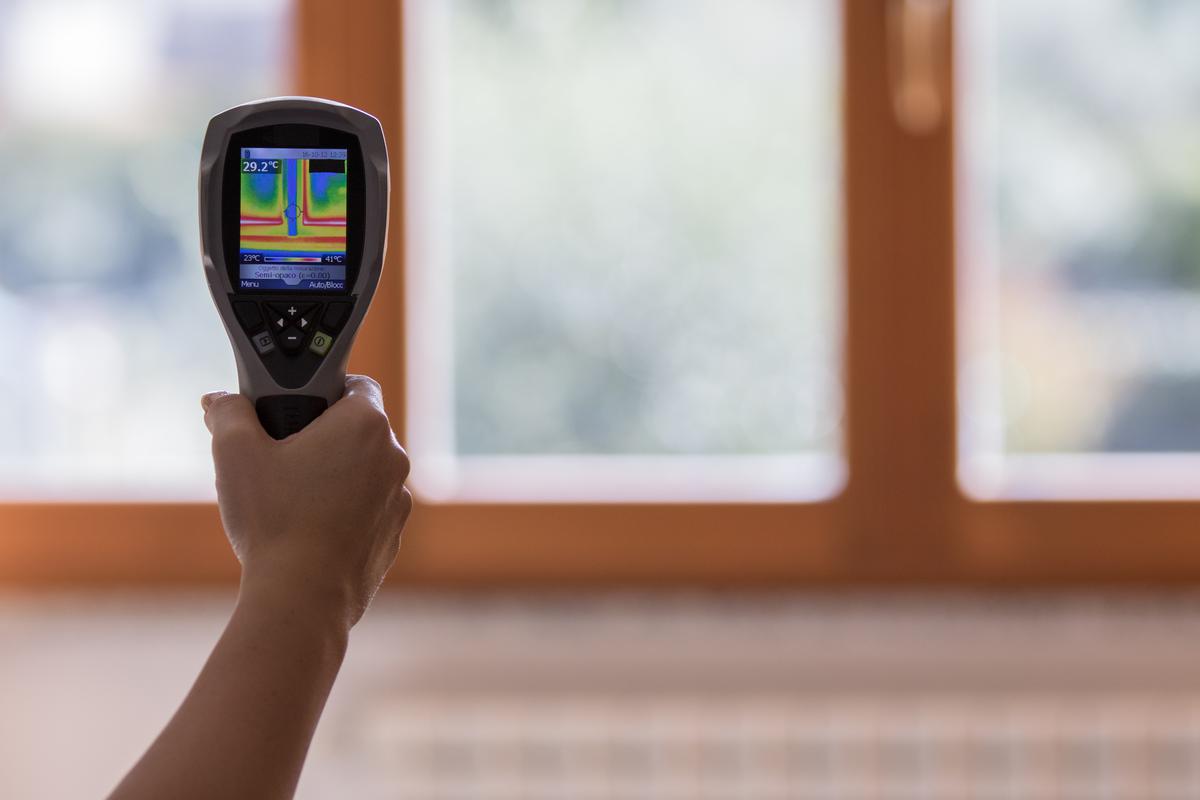
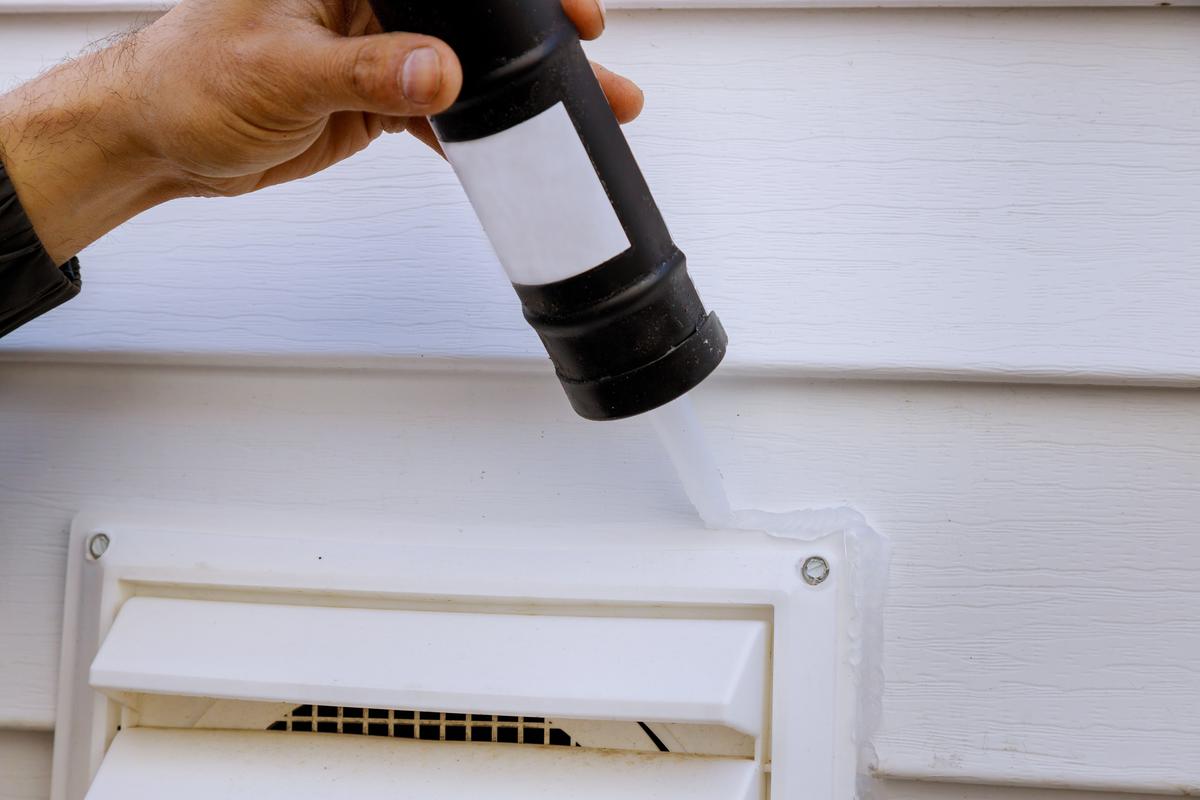
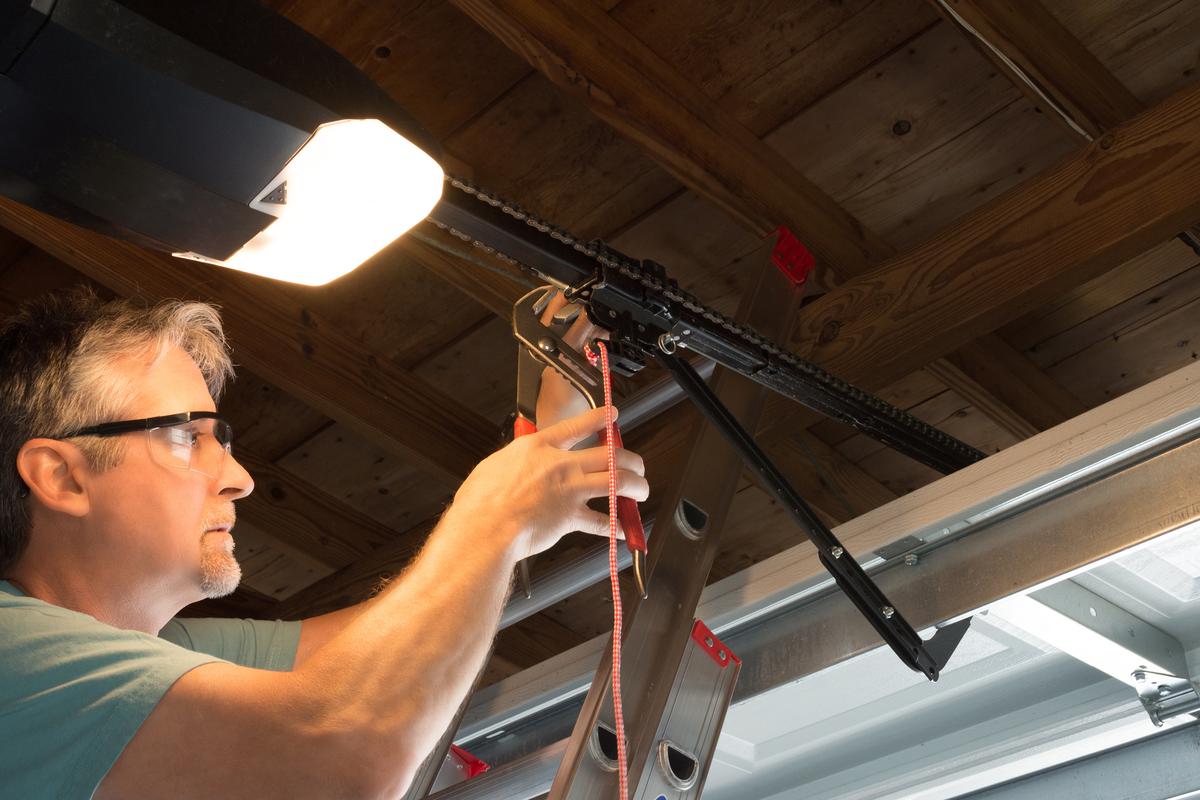
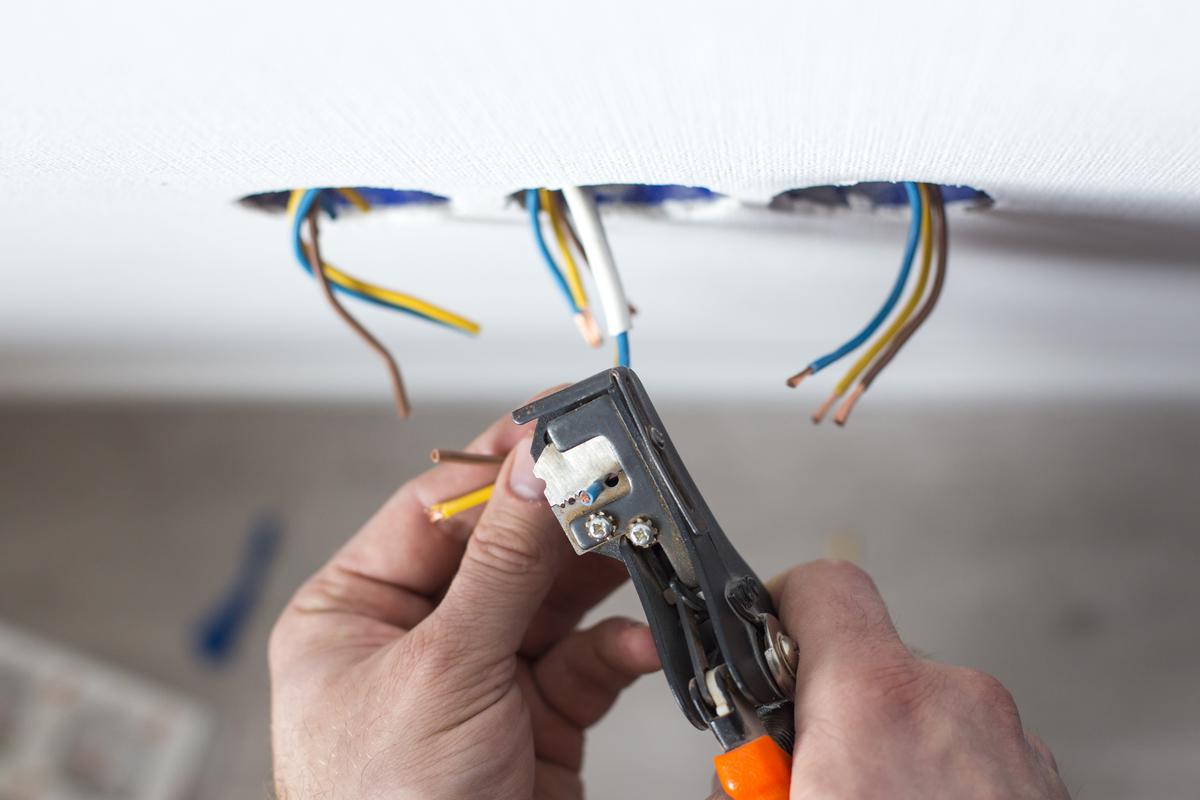


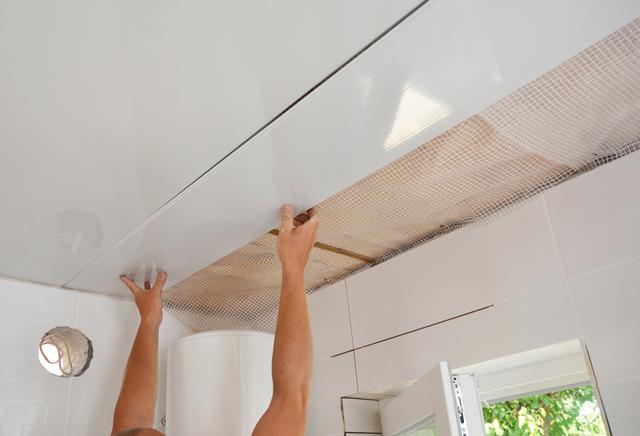
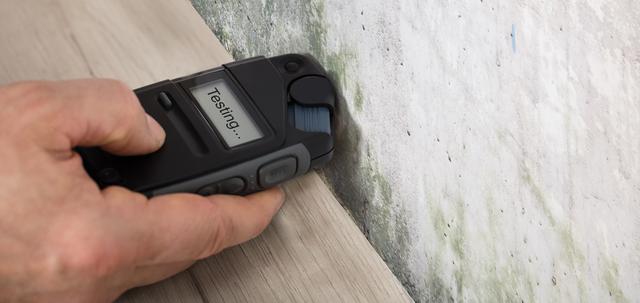
comments